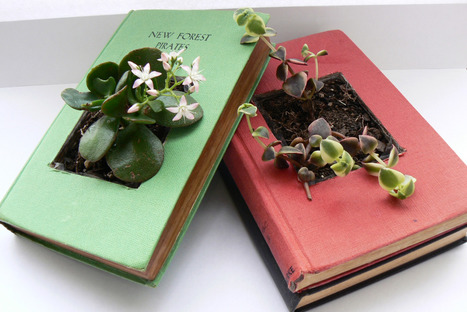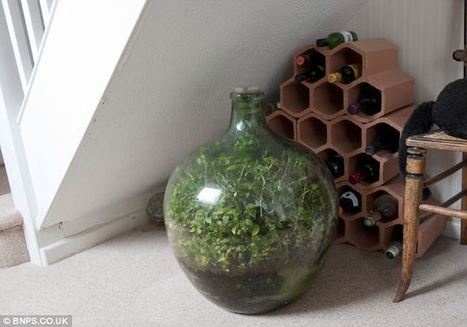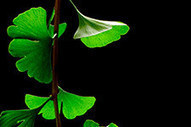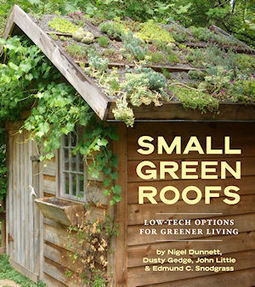Upcycle vintage books with succulents
Get Started for FREE
Sign up with Facebook Sign up with X
I don't have a Facebook or a X account
 Your new post is loading... Your new post is loading...
 Your new post is loading... Your new post is loading...

Bek Atkins's curator insight,
March 7, 2013 6:52 AM
This is an easy project that students of all abilities can achieve. This activity would develop skills in line with statements in the Australian National Curriculum: science - biological science for years F- 2. [(ACSSU002), (ACSSU017), (ACSSU211) and (ACSSU030).] These statements call for students to observe the biological processes of a variety of different organisms. The positive point for using plants is that if they are roughly treated or neglected the consequences are less traumatic then if it was a guinea pig.
This activity would also translate to Home Economics where students could use their herbs to create nutritional meals. Special needs students (and in fact all young children) can be very picky about their food, especially if it is green! By growing, nurturing and then using their own produce, students have ownership and this may make students more likely to try and like the foods.
Through the teaching of Home Economics skills students can begin to acquire the necessary life skills to become independent. |

Marty Roddy's curator insight,
February 26, 2014 9:42 PM
I have been a comfrey fan for 2-3 years now. |
















As book lovers, do we love or hate this? I say "love" because so many old books are just dumped in landfills, so recycling them seems a better option.